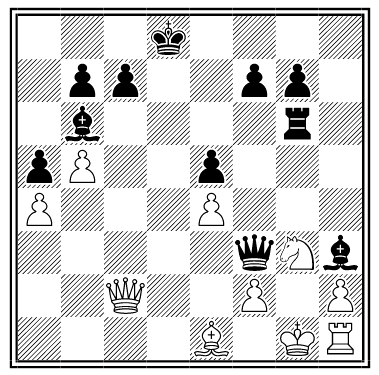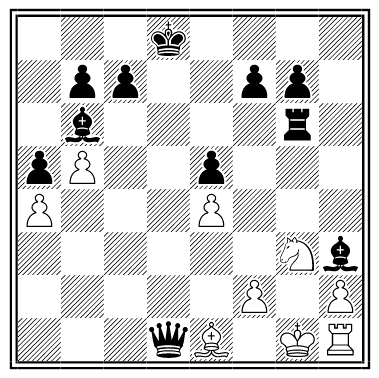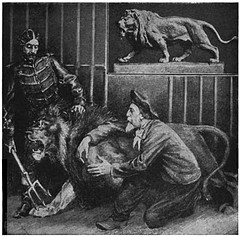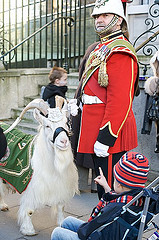
For more than a century, people have been hearing strange sounds in the sky over the lakes of Yellowstone National Park:
- “While getting breakfast, we heard every few moments a curious sound, between a whistle and a hoarse whine, whose locality and character we could not at first determine …” (F.H. Bradley, 1872)
- “[I]t seemed to begin at a distance [and] grow louder overhead where it filled the upper air, and suggested a medley of wind in the tops of pine trees and in telegraph wires, the echo of bells after being repeated several times, the humming of a swarm of bees, and two or three other less definite sources of sound …” (Edwin Linton, 1892)
- “It put me in mind of the vibrating clang of a harp lightly and rapidly touched high up above the tree tops, or the sound of many telegraph wires swinging regularly and rapidly in the wind, or, more rarely, of faintly heard voices answering each other overhead.” (S.A. Forbes, 1893)
- “They resemble the ringing of telegraph wires or the humming of a swarm of bees, beginning softly in the distance, growing rapidly plainer until directly overhead, and then fading as rapidly in the opposite direction.” (H.M. Chittenden, 1915)
Evidently the sound is very difficult to describe in words — one of Linton’s party called it “a twisting sort of yow-yow vibration.” Forbes calls it “really bewitching,” and Linton’s guide, Elwood Hofer, called it “the most mysterious sound heard among the mountains.”
Possibly it’s produced by the surrounding mountains under seismic stress, or it could be standing sound waves produced by the wind. No one knows.





